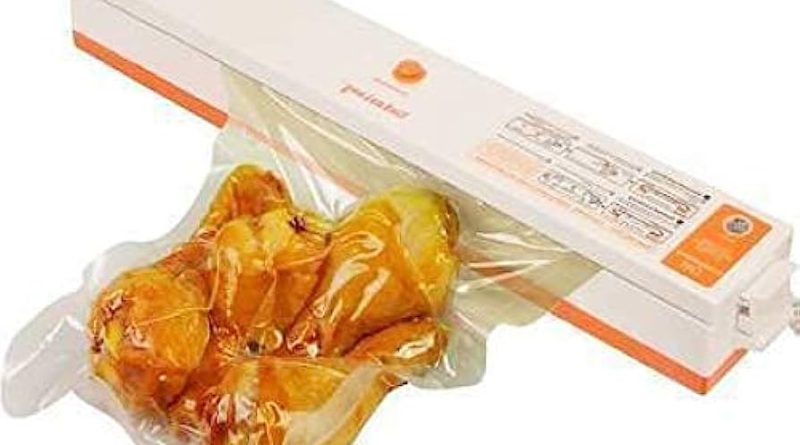Unleashing Innovation: Introducing Next-generation Packaging Equipment
Automated food packaging equipment allows companies to meet supply deadlines. It also helps them keep quality standards in line by eliminating human error. Machines don’t sneeze or need bathroom breaks and are consistent, so they maintain the same dimensions, weight, and visual appearance of products.
These systems can be used in the tobacco, food, pharmaceutical, single-use hygiene products, and other sideline industries to pack melon seeds, nuts, rock sugar, tea, granular medicines, and other solid materials. They are also ideal for packing a wide range of beverages.
Robotics
In the food industry, robots are a great way to automate packaging and improve efficiency. They can assemble and organize food in packages, which helps workers meet market forces and consumer demands. They can also move items around, which can speed up store operations and help manage inventories.
Using robotics in food processing can increase production line productivity by a factor of two or more. It can also cut employee downtime and labor costs. It can also reduce risks of repetitive stress injuries. In addition, it can reduce warehousing costs by transporting full pallets of products.
Food production is constantly evolving as consumers demand better-quality, sustainable products. To keep up with this trend, manufacturers are increasing their use of automation and robotics in food packaging. Robotics can be used for primary, secondary, and tertiary packaging, as well as for palletizing and boxing. They can also handle delicate or fragile foods that are difficult for humans to touch.
Automation
Using automation in food packaging can help companies meet customer expectations and boost productivity. These systems allow for precise, consistent packaging that eliminates the possibility of errors, while also reducing waste and saving labor costs. The best food packaging automation equipment can even be programmed to run without human intervention.
Many different types of food packaging automation exist, and each offers a unique benefit to the industry. Some machines are designed to detect and catch defects as soon as they occur, so that issues can be addressed and corrected before they cause a problem. This can significantly improve the efficiency of production and prevent costly recalls.
Automation can also be used to ensure that products meet strict food safety standards. For example, a chemosensor can detect the presence of volatile compounds that indicate a product has spoilt, allowing manufacturers to track the entire supply chain and pinpoint where any problems originated. This allows them to correct any issues before they affect consumers and protect their brands’ reputations.
Vertical form-fill-seal
VFFS machines turn a roll of packaging film into a shelf-ready finished bag. They are a fast, efficient packaging solution that saves valuable factory floor space. A VFFS machine can be used to package food, powders, chemicals, and other granular products. It can also be equipped with a Modified Atmosphere Packaging (MAP) gas flushing system to eliminate oxygen in the bag.
Unlike some other automatic bagging systems that use pre-made pouches, a VFFS machine forms the bags from the film itself. The forming tube stretches the film into the desired bag shape and then seals it. This type of packaging machine is highly scalable and can be modified to accommodate different bag sizes and styles.
A common mistake when buying a VFFS machine is to buy one that will form and fill all of your bag sizes. This is a poor strategy because larger machines are more expensive and may not perform as well on narrower bags.
Checkweighers
The food industry has a lot riding on the quality of their products. From regulatory requirements to brand equity, it Tranh thu phap is critical that the weight of each package matches what is on the label. Checkweighers can help prevent costly giveaway errors by detecting and rejecting packages that are too heavy or underweight.
Checkweighers are dynamic, in-motion scales that can be used to verify the weight of each package as it passes through a production line. They are a vital tool in preventing costly product giveaway errors and dissatisfied customers.
In addition, some checkweighers can also be used to detect contaminants in the packaging materials. They can be integrated with X-ray systems or metal detectors to ensure that the food packaging is safe for human consumption. Multivac checkweighers can be configured to work with a single HMI, which controls both the checkweigher and the metal detector for simplified operation and enhanced uptime.

